Effect of Soil Water on Apparent Soil Electrical Conductivity and Texture Relationships in a Dryland Field

Authors:
Precision agriculture relies on using advanced tools to map and subsequently manage the variability across the field. There is an emerging interest in mapping apparent soil electrical conductivity (ECa) as a surrogate spatial map for soil texture, providing the potential for ECa mapping as a practical tool to delineate soil-based management zones for variable rate application of agricultural inputs. Results from literature are mixed and inconsistent with the practical utility of ECa to map texture (or clay content) remaining elusive because of the complex interactions between ECa and soil transient properties. The objective of this study was to explore ECa relationships with soil properties and evaluate the usefulness of ECa mapping to infer soil texture as soil water content changed from one mapping date to the next. Measurements included multiple field-scale ECa mappings of a 110 ha dryland field of 12 alternating wheat and fallow strips from 2001 to 2003, complemented with extensive soil profile sampling (198 locations) and analysis. Soil ECa values changed across mapping dates and exhibited weak temporal associations. For instance, ECa values increased by three fold from 10 mS/ m in September 2001 (after wheat harvest) to 30mS/m in May 2003 (in the emerged wheat crop). Volumetric soil water content was the dominant factor affecting the spatial and temporal ECa variability, with other measured soil properties having nearly equal, but weak to moderate, correlations with ECa. For the dryland field examined herein and under relatively dry soil water contents, ECa maps represent overall soil variability with limited utility in providing zones of texture similarities for site-specific management.
